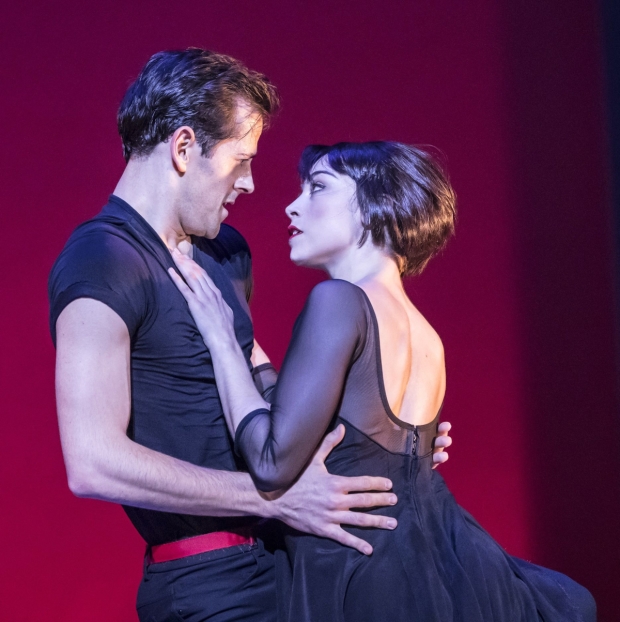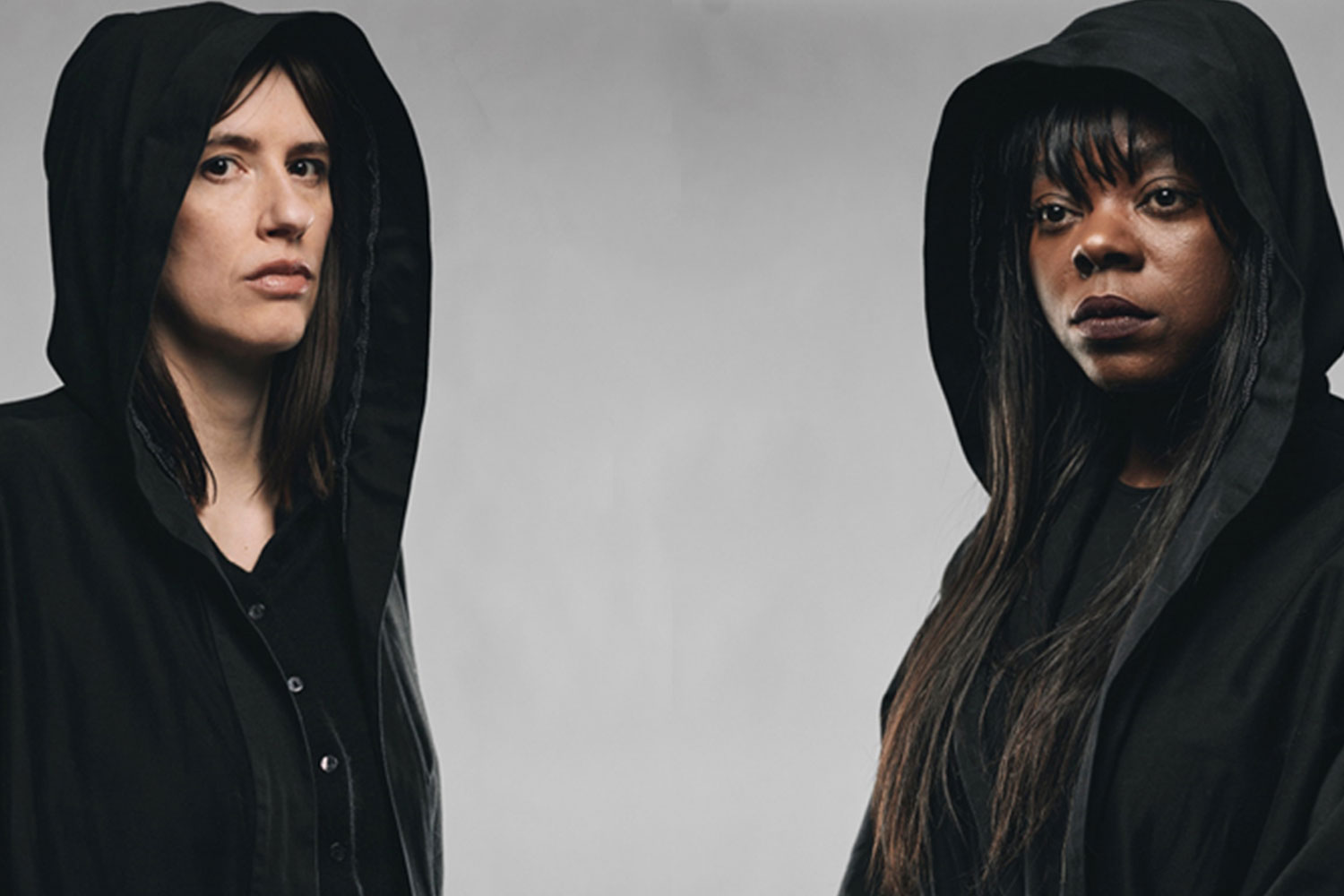Let's Talk About Sets: Leo Warner on An American in Paris
Our aim with An American in Paris has been to create one continuous aesthetic canvas which is partly physical and partly ephemeral. So with the video design we’re augmenting the physical set with projection, which allows us then to paint it in a number of different artistic and animated ways. I’d say that we were painting the set with light.
The original design conversations with director Christopher Wheeldon and designer Bob Crowley were very much about seeing the streets of Paris through the eyes of the artist – the artist being one of the lead characters Jerry. It was the idea that we were experiencing a city coming to life, coming out of the dreariness and destruction of the war, and blossoming again. As his emotional and artistic journey progresses, the aesthetic style evolves along with it.
It’s a combination of high tech and very simple stage technology. The bare stage is this completely empty grey void, which is full of possibility. It is a grey cyclorama with an infinity curve at the bottom and we can project on all of those surfaces, including the floor. Into that you bring these different scenic pieces which fly overhead and are all automated, plus there are a number of pieces which exist on stage on trucks that the dancers can bring on and move around. We track all the positions of the moving elements with a number of projectors.
As with any design process we explored a lot of painterly aesthetic references of the time and photographic references because we needed to evoke the mood of the place. Jerry is searching for an artistic voice, he’s experimenting with styles which change radically through the play and by the end you have this very definite and abstracted geometric language, which changes from the figurative stuff early on. We worked with a strong team of animators and artists to build a look on a scene by scene basis and it was a process of development and experimenting.
There were some very boring challenges – one being that in order to project onto moving set pieces at the cyclorama at the back we have to project them from the stage, which means we have to do some very complicated things with optical mirrors. The whole stage is flooded with projections but there’s actually surprisingly few projectors, which is driven for economic, efficiency and practical reasons. But in aiming to be so simple with the technical set up we created ourselves some pretty major physics-related challenges.
But the biggest challenge was really finding the aesthetic language, especially when it’s so directly linked to the character and the narrative. In this case it is making sure we are speaking in the same voice as Chris Wheeldon’s bodies onstage.
We are enormously proud of our work on An American in Paris. I feel like we’ve created a single coherent visual language that runs from the physical design right through to the lighting design. Natasha Katz’s work, which is immensely complex and beautiful, and ours works together seamlessly. The palette of light that we built together is absolutely fundamental to the joyfulness of the piece.
By Leo Warner
An American in Paris runs at the Dominion Theatre until 30 September.
Click here to buy tickets











